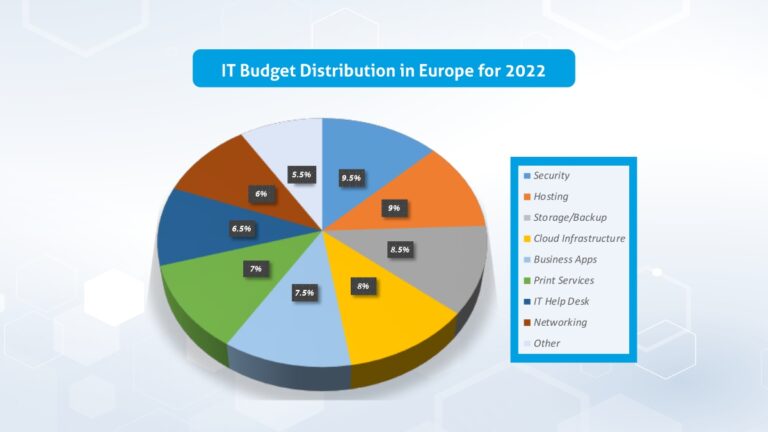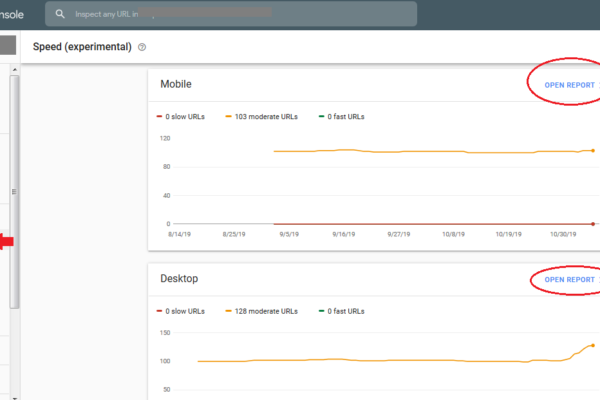Instead of using physical gear or devices, users may access applications, information, and data of all kinds online thanks to the cloud. Because a cloud is a service rather than a product, it enables computing to be done in a way that is far more shared. Users may access and provide access to any group of individuals or the entire globe by the method they obtain and distribute their information in their cloud.Cloud computing and the technology that underpins it provide a wide range of potential advantages and possibilities. A whole new universe of opportunities for employment, services, platforms, apps, and other things is possible with cloud computing.
These days, dealing with cyber threats, data loss, and system failures is just a part of doing business. Most firms have experienced server failures that resulted in the loss of important data files. Backup and disaster recovery have emerged as a popular use case for the cloud to prevent such problems from harming the company and its activities. According to statistics, backup and disaster recovery receives 16% of the cloud budget, which is the biggest budget allocation, followed by email hosting and productivity tools.
A recovery strategy is similar to a cloud-based backup and disaster recovery system. As a safety precaution in case the original files are lost, the system automatically creates and keeps copies of electronic records on an external cloud server.
A serverless architecture gets rid of all the obstacles that a typical IT infrastructure would typically introduce. Users are not required to buy or rent the servers that house their data. Instead, a third party will take care of everything, freeing your company to focus on other projects.A serverless architecture has several benefits, including simple operational management, less need for system administration, decreased liability, lower costs, and a better offline experience. In the cloud computing sector, serverless architecture was actually made possible by the growth of the shared economy. Its affordability is what has made it popular this year.
Promotes Innovation
But speed isn’t the only need for success in the modern economic world. Innovation, or the capacity to create novel offers, assess the likelihood that the market would embrace them, and then introduce the winners while eliminating the failures, is equally important.Cloud computing is a far better fit than conventional methods for IT infrastructure in this instance as well. It’s simple to test out a new solution right away because resources are made accessible so rapidly. Instead than waiting months for something to enter a market trial, businesses may gain customer input right away.Additionally, automation on the cloud encourages creativity. It works in conjunction with technologies like low-code and no-code apps to make it possible for a wider variety of individuals to create a wider range of new digital services.
Decreases Costs
The outrageous cost of traditional IT infrastructure is another truth. Servers, storage, and a network are physical resources that infrastructure needs. However, there are also significant running costs associated with such resources, including personnel, infrastructure, and power.Additionally, the majority of IT companies struggle with infrastructure efficiency. Resource costs are high since procurement occurs seldom and in small quantities. Labor expenditures are high because operational activities are often not mechanised.
Resiliency
Application availability has always been important. But nowadays, accessibility is more important than ever. The reason for this is that more businesses are adopting digital transformation to become digital firms, where their clients and suppliers communicate and collaborate using IT-based tools (e.g., mobile apps).Application resilience is essential in light of the shift to digital. Simply said, apps must continue to function even if the infrastructure fails.
Future of Workforce
Employees are one group that has realised cloud computing is the future. Nobody wants to be trapped on outdated technology since it limits job opportunities.Therefore, if you don’t use cloud computing, your workers will assume that switching to a firm that does will enable them to further their careers in the future. Additionally, people who are interested in working for the organisation are reluctant to do so if they believe it to be outdated.
Improved Safety
The future of cloud computing includes improved safety as one of the major trends in cloud computing. Because of progress, potential dangers are minimised in cloud systems. Artificial intelligence and machine learning are being merged with security in the cloud.It helps automate the process of monitoring and defending against attacks. The cloud of the future will be more resilient and steady. Data security will progress toward increasingly more intelligence, autonomy, and reliability. The use of algorithms, quantum computing, and artificial intelligence will be crucial.
The current rate of data production makes safe storage challenging. An area for secure data storage is necessary for almost all businesses. Due to the high level of interest in cloud computing, it is anticipated that cloud service providers will provide more data centres at lower rates as a result of intense competition in the years to come. Long-term predictions for cloud computing indicate that more employees in organisations will be able to save data.
Link with Artificial Intelligence
Artificial intelligence is now the next-generation technological advancement poised to offer a new perspective on the world of technology. AI is gaining market share among other technologies due to its solutions that demonstrate machine intelligence without human aid.However, many organisations find it difficult to create AI applications. The cloud plays a significant part in this. For machine learning and other deep learning techniques, these businesses are looking at the cloud. The cloud-based AI is quickly becoming the most popular alternative for organisations of all sizes to realise their AI initiatives due to its extensive processing and storage capabilities.
Economical
The need of computer hardware systems will decline even as cloud computing grows since most data will be managed electronically through the cloud. By dividing the development context, we can lower the cost while using less hardware.If the pattern continues, a machine would evaluate data stored in the cloud without the need for human participation. Therefore, a long-term outlook for cloud computing indicates decreasing costs.
Because individual programmes are getting bigger and more complex, cloud computing technologies will eventually call for sophisticated system thinking. Since the majority of system software still requires substantial customisation, even commercial cloud computing solutions do, too, in terms of usefulness and security. This new application has to be more adaptable and user-friendly.Future apps will store data elsewhere outside the cloud, thus software development may be seen from a number of angles. Along with other modules, this may also incorporate cloud service servers. Saving money on software and storage is another benefit of doing this. It implies that these software solutions will ultimately be much quicker and more adaptable, saving both time and money.
There is a widespread misperception that larger or more established firms are the main users of cloud computing technologies. In actuality, switching to the cloud may be advantageous for companies of all sizes and across all sectors. Any organisation that wishes to cut costs, increase performance, encourage scalability, foster collaboration, and maintain the security of corporate data should consider cloud computing. Businesses that are thinking about shifting to the cloud should take into account their projected future expenses for hardware infrastructure, their demands for storage space, their expectations for security, and their anticipated level of support.
Since many internet services are now cloud-based, huge organisations cannot be supported by physical infrastructure. Cloud computing is crucial for business innovation. Because of its agility and adaptability, cloud technology enables new methods of working, managing, and running a firm. As cloud computing continues to gain hold across global sectors, be sure your business is prepared for this change.A key component of many firms is collaboration, and cloud computing may provide team members anywhere in the globe quick, simple, and dependable communication. Any team member has access to the cloud-based documents at any moment for review, revision, or comment.





